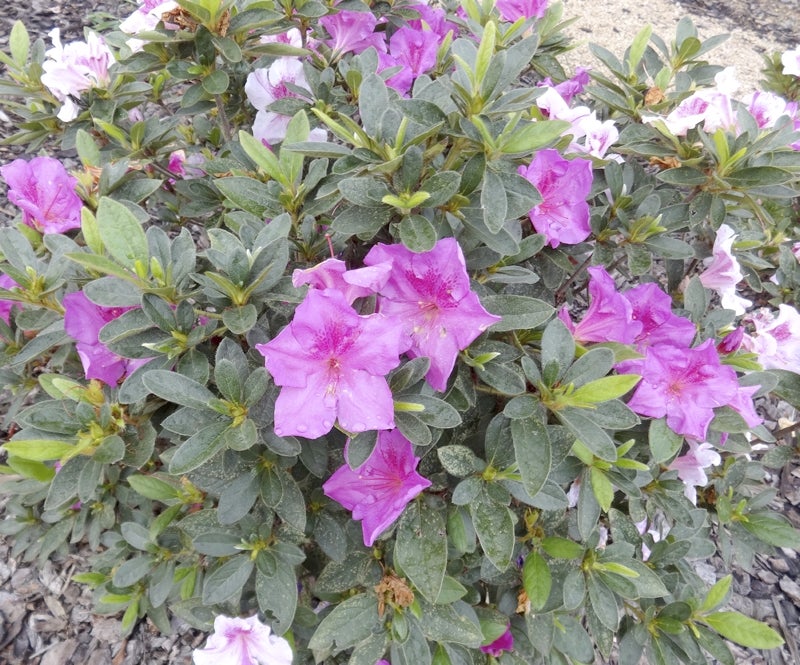Darrell Blackwelder: People always have questions
Published 12:00 am Friday, May 12, 2017

- Submitted photo Encore azaleas need to pruned immediately after bloom in spring.
Even though it’s been over a year since my retirement, people still stop and ask me home horticulture questions when I’m out and about.
Sunday morning before church is by far one of the most interesting times for me as I always try to get to church about 30 minutes early listen to church members’ plant stories.
I enjoy answering sometimes a constant stream of questions by church members just before the music begins. Below are a few home horticulture questions posed over the past two weeks.
Question: I have some Encore azaleas that need pruning. When is the best time for me to trim them?
Answer: Encore azaleas bloom in both spring and fall. It’s best to prune them immediately after they bloom in the spring so they can begin setting buds for later fall blooms. Standard azaleas can be pruned in early July as they set their blooms in August. However, because Encores will be setting buds for fall in the late spring, you must prune them early after bloom.
Question: The flower beds at church had the soil tested and the results revealed one of the flower beds had a very low pH of 5.2. Why is this bad for bedding plants?
Answer: The pH measures the relative acidity or alkalinity of the soil. A pH of 7 is neutral; numbers below 7 are considered acidic while those above 7 are alkaline. Most bedding plants in our area and soils do best with a mildly low pH between 6.0 and 6.5. Soils with an extremely low pH will not allow plants to fully use essential nutrients necessary for maximum growth. For example, a low pH soil of 5.5 would restrict uptake of nitrogen while a higher pH soil of 7.5 would restrict the uptake of trace elements such as iron.
Question: I have a large hydrangea that has dead limbs coming from the base. There are some green leaves emerging from the bottom, but little to none coming out on the dead stems. I’m afraid to cut them back because it may impede my blooms this summer. What should I do?
Answer: If the stems are not showing any signs of leafing out, then go ahead and cut them back to the green portion of the plant. There was a late winter freeze and many hydrangeas were damaged. There are some cultivars that can withstand cold winter temperatures. However, many of the older “grandiflora” types are easily damaged in severe winter weather.
Question: I planted some fescue in a few bare spots in my lawn this spring. The grass is really growing — so when is the best time to cut the newly emerging fescue?
Answer: Mow the new grass as soon as it gets to a height of about 4-4 1/2 inches. The grass will be damaged if you let the grass seedlings get too tall before mowing. Mower heights for fescue should be 3 ½ to 4 inches for best growth. Make sure your mower blade is sharp and mow often. The more often you mow, the better your lawn will look.


